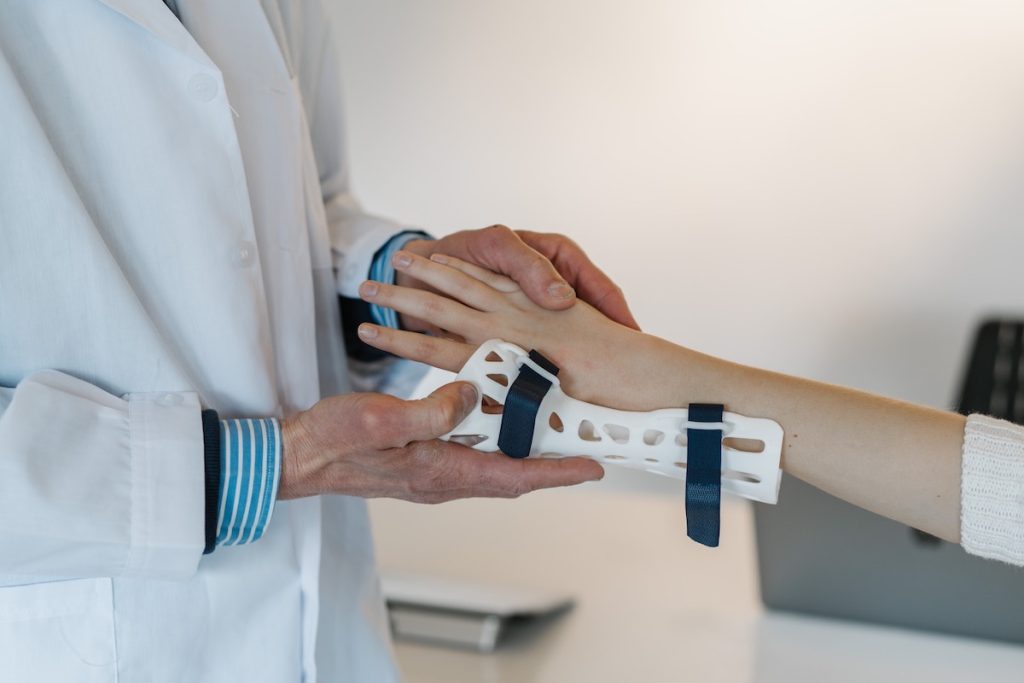When you break or fracture an arm or a leg you will need to get it fixed as soon as possible. There is a danger that your fracture might not heal properly when you don’t get the right medical attention and have a cast or splint applied.
Immediately after you have an accident that requires this sort of treatment you might search urgent care Utah, for instance, to locate a walk-in center that can provide the care and facilities you need straight away.
What will happen when you get there? Here is a look at some of the common questions you might have about casts and splints.
What are casts and splints used for?
Both casts and splints are classed as orthopedic devices. They are used to protect and support a limb that has been broken.
The primary purpose of a cast and a splint is to keep the bone in the correct position and immobilize the injured limb until the injury has healed.
How will a cast or splint be used?
What can sometimes happen is that a splint is initially used to help support an injured limb to stay in place as safely as possible until the initial swelling has subsided.
Once the limb returns to its normal size the splint might be replaced by a cast. This provides the patient with a greater level of freedom of movement compared to wearing a splint.
Are there different types of casts?
Casts are made from either fiberglass or plaster. Fiberglass is the more versatile option. It weighs less and is porous. This means that air can flow freely through the cast.
Plaster can sometimes be used simply because it is less expensive than fiberglass. It is also considered as an option due to being more malleable. This means it is a material that is easier to shape.
How is the casting process done?
A stockinette is applied before the casting process can be undertaken. This is followed by a layer of padding that is made from a soft material such as cotton.
The padding helps to protect the skin. It also helps provide pressure to the broken limb as a result of its elasticity.
What is the best way to keep pain and swelling to a minimum?
There is bound to be a certain amount of discomfort after breaking a limb. A good way to reduce the pain level and swelling would be to keep the injured limb as elevated as possible for the first two or three days.
What is the best way to look after the cast while it is in use?
Your medical provider should provide care instructions. This guidance will include advice to avoid placing undue pressure on the cast and keeping it as clean and dry as possible.
How is the cast removed?
The cast is removed using a specialist saw designed for the task. Scissors are then used to cut through the protective layers underneath the cast, including the stockinette layer.
Understanding what is going on when a splint and cast are needed will help you prepare for the process. The main thing to remember is that urgent treatment should be sought as soon as you break a limb as this will mean the setting and healing process can begin as quickly as possible.

